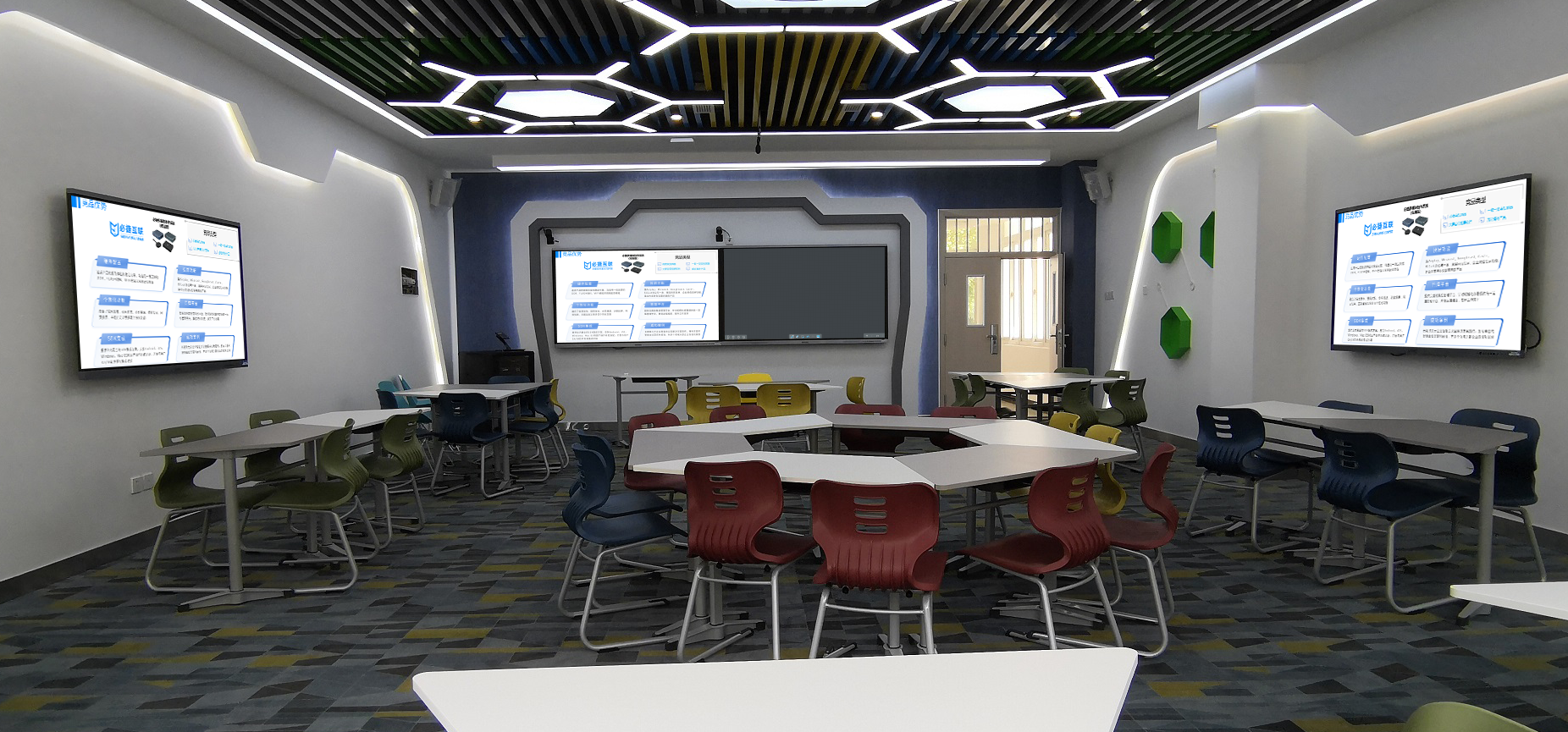How Multi-Screen Collaboration is Changing the Way We Work: A New Engine for Enterprise Efficiency
In today’s information-rich environment, employees frequently switch between multiple devices and screens, leading to inefficiencies. The rise of multi-screen collaboration aims to thoroughly address this pain point, representing not just a technological upgrade but a revolution in working methods.
I. Multi-Screen Collaboration: Beyond Simple Screen Mirroring
Many mistakenly believe that multi-screen collaboration is merely screen mirroring. In reality, screen mirroring (especially in mirror mode) is just one of its basic functions. True multi-screen collaboration is an ecosystem that achieves:
- Two-Way Content Flow: Not only can you cast your phone/computer screen to a large display, but you can also push content from the large display back to personal devices.
- Cross-Platform Interaction: Supports seamless connection and operation of devices across different operating systems (Windows, macOS, Android, iOS).
- Data Synchronization: Document edits made on one device are synchronized in real-time to all collaborating devices.
II. Technical Cornerstone: Wireless Screen Mirroring and Mainstream Protocols
Achieving smooth multi-screen collaboration relies on stable and reliable connection technology. Wireless screen mirroring technologies, such as Miracast (similar to WiDi), AirPlay, and DLNA protocols, together form the network foundation of collaboration.
- Miracast/AirPlay: Suitable for screen mirroring scenarios requiring low latency and high real-time performance, making them the first choice for meeting presentations.
- DLNA: More suitable for scenarios like office break areas, used for pushing media files to create a relaxed atmosphere.
III. Core Value Brought by Multi-Screen Collaboration
- Doubled Meeting Efficiency: Say goodbye to the tedious process of “finding cables – plugging in – debugging.” Attendees can quickly share their proposals via phone screen mirroring, allowing discussions to be more focused.
- Ignites Team Creativity: Team members can simultaneously annotate and modify the same proposal on a large screen, achieving instant idea collision and integration.
- Optimized Space Utilization: A conference room that supports multi-screen collaboration can be flexibly transformed into a training room or a remote command center, improving space efficiency.
Through the integration of key technologies such as screen mirroring and wireless screen mirroring, multi-screen collaboration breaks the limitations of devices and space, building an efficient, interactive, and intelligent office environment. Investing in multi-screen collaboration is investing in the future productivity of the enterprise.